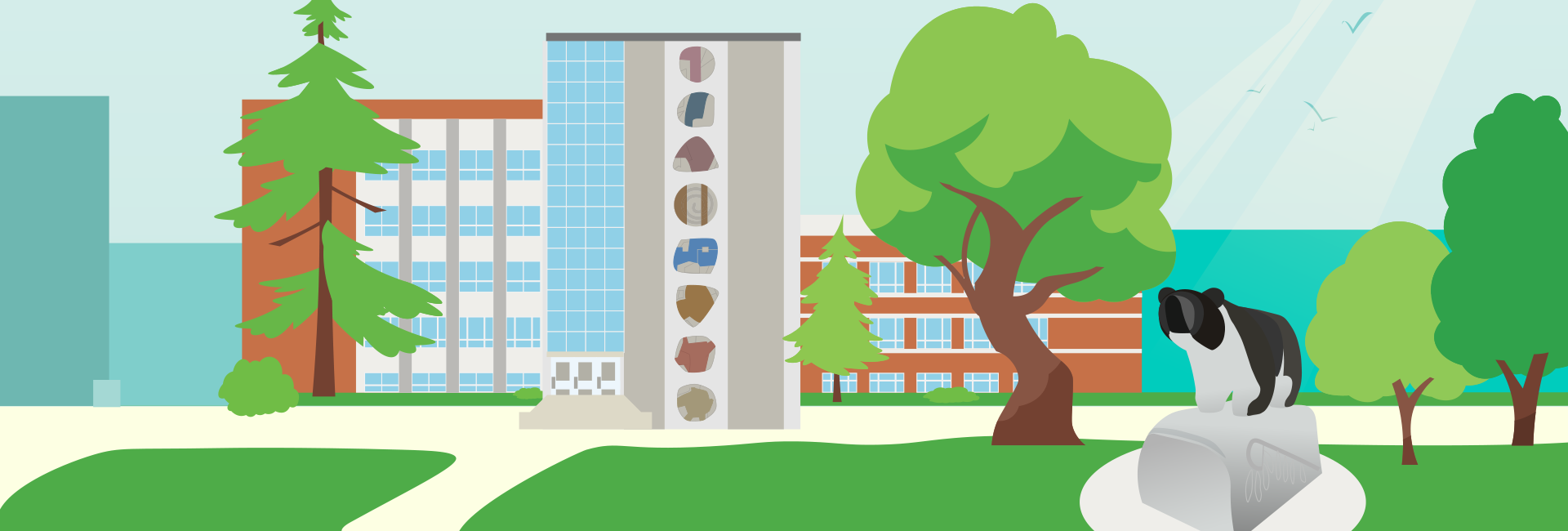Indigenizing and Decolonizing Teaching and Learning
The suggestions and resources offered here are not comprehensive; they are meant to serve as possible entry points for your reconciliation journey. This work cannot be successful in isolation, and no one person is responsible for bearing the burden. It is the responsibility of all Canadians to do the work necessary for meaningful change. The fact that you are reading this means you are ready to begin.
The plan recognizes our collective responsibility to acknowledge our history and to honour those who came before us and to follow the seven sacred teachings — love, respect, honesty, courage, wisdom and humility; to know the first six together is to know truth. The plan also recognizes our responsibilities to the generations to come, knowing that we have the power to leave them a beautiful legacy.
Indigenization, Decolonization, and Anti-Racism
The University of Alberta endures to create a teaching and learning environment and community that focuses on reconciliation with Indigenous peoples and communities (Learn more about current initiatives on campus).
To be effective, these efforts must go beyond inclusive hiring practices (Gaudry & Lorenz, 2018), even beyond merely establishing common ground between Indigenous knowledges and European-centred knowledges.
Addressing Racism in the Academy
Ultimately, Indigenization and decolonization efforts are efforts toward ending racism towards Indigenous peoples and recognizing their sovereignty and self-government. Not only do Indigenizing and decolonizing do this, but they also emphasize that this nation now called Canada is a multi-juridical country: across these lands, we have civil law, common law, and Indigenous law that must be upheld and respected. So, it isn’t just anti-racism: it is understanding Indigenous peoples have and always have had their own ways of doing things, and they have a right to it that either supercedes or is equal to that of colonial law, never less than.
Racism is manifested in many ways in our daily lives. As U of A professor Dr. D'Arcy Vermette says, "It would probably be an understatement to say that Aboriginal peoples in Canada have had a rocky relationship with education. Education has been used as a weapon to destroy Aboriginal cultures. ... We can continue to carry out assimilationist programming or we can endeavour to empower both Aboriginal and non-Aboriginal peoples to seek out a world in which Aboriginal ways of life are allowed to thrive" ("Inclusion is Killing Us," 2012).
Ultimately, Indigenization and decolonization efforts are efforts toward ending racism towards Indigenous peoples.
Decolonization
- Deconstructs colonial ideologies of the superiority and privilege of Western thought and approaches.
- Involves dismantling structures that perpetuate the status quo and addressing unbalanced power dynamics.
- Involves valuing and revitalizing Indigenous knowledge and approaches and weeding out settler biases or assumptions that have impacted Indigenous ways of being.
(From: Pulling Together: A Guide for Front-Line Staff, Student Services, and Advisors)
Indigenization
Is a collaborative process of naturalizing Indigenous intent, interactions, and processes and making them evident to transform spaces, places, and hearts.
Indigenization benefits not only Indigenous students but all students, teachers, staff members, and community members involved or impacted by Indigenization.
Indigenization seeks not only relevant programs and support services, but also a fundamental shift in the ways that institutions:
- Include Indigenous perspectives, values, and cultural understandings in policies and daily practices.
- Position Indigenous ways of knowing at the heart of the institution, which then informs all the work that we do.
- Include cultural protocols and practices in the operations of our institutions.
(From: Pulling Together: A Guide for Front-Line Staff, Student Services, and Advisors)
Not sure where to start? Learn more by reading our next section on Getting Started.
